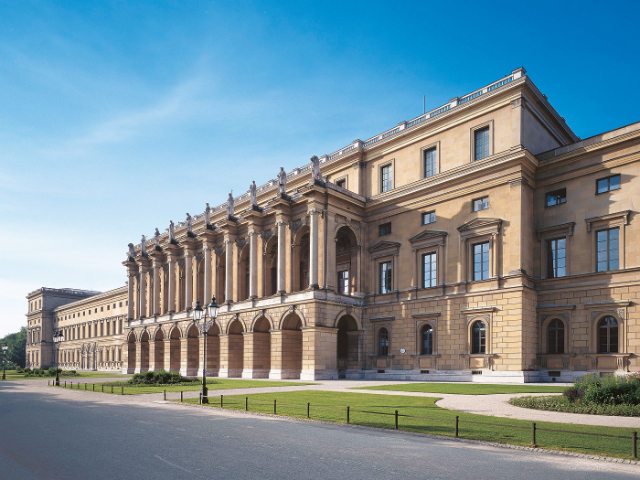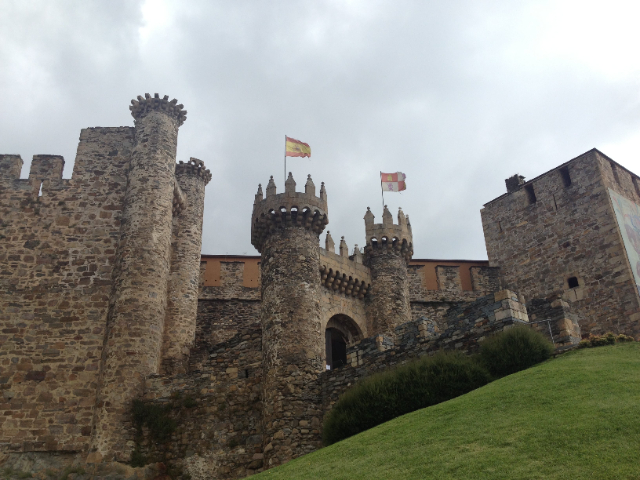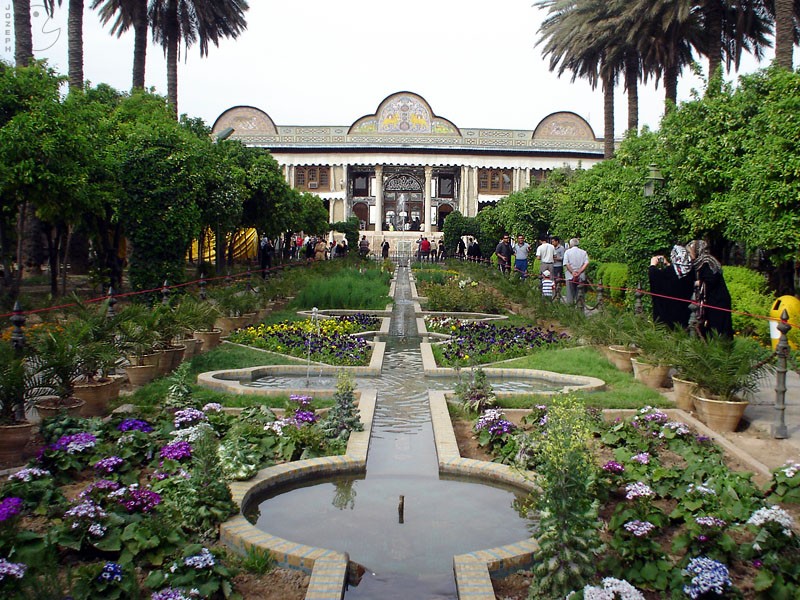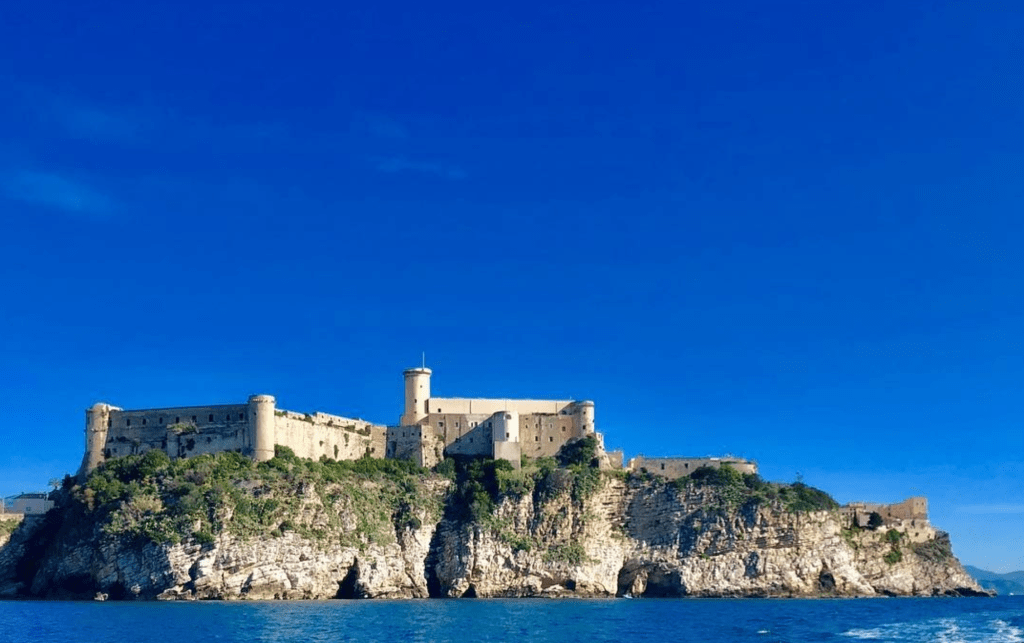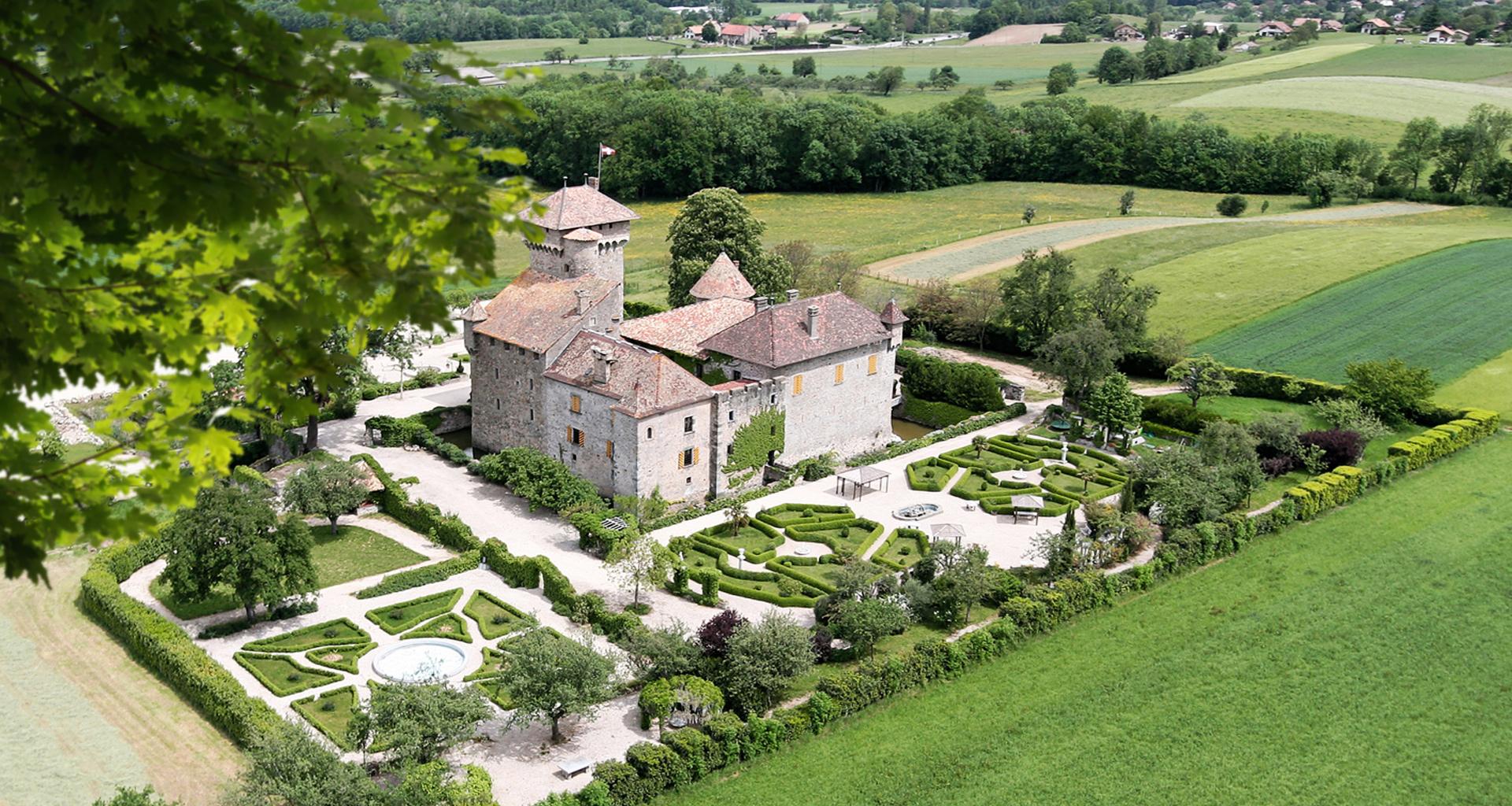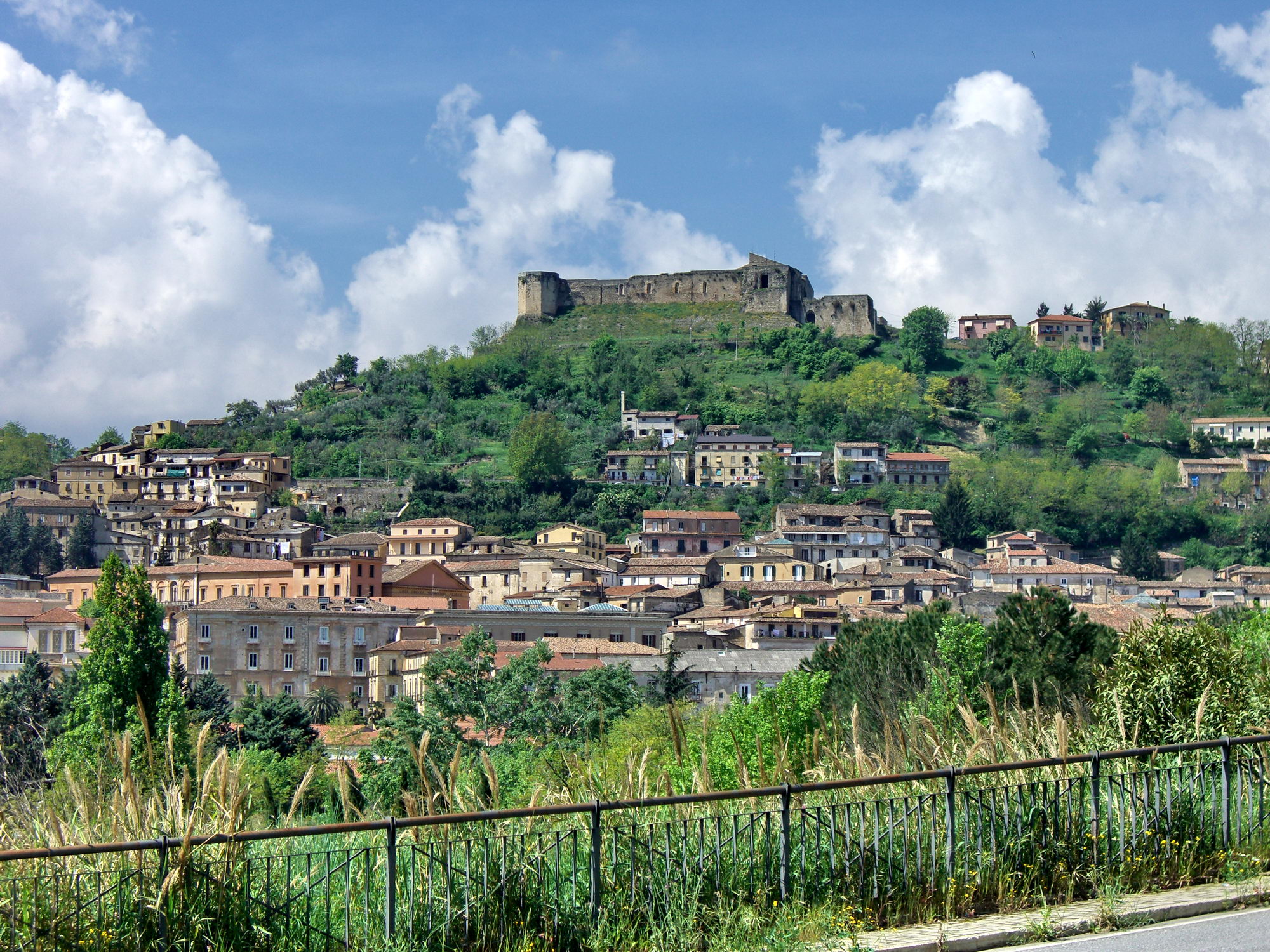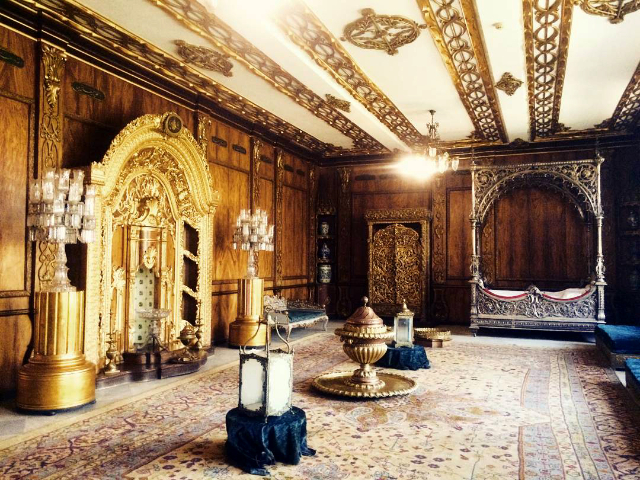<p>With 130 rooms open to the public, the splendid Cuvilliés-Theater, the Schatzkammer (treasure chamber) and the elegant Hofgarten (royal gardens), the <strong>Munich Residence</strong> is one of the largest royal palaces in Europe, inhabited by the Wittelsbachs until 1918, the year of the fall of the monarchy. The Dukes of Bavaria originally resided in the nearby Alter Hof (Altenhofstraße, 13th century) but in 1385 Duke Stephan III decided to build a small fortress; the major expansion works date back to the end of 1500 and will continue until the middle of 1800 with King Ludwig I: the final result is a complex that alternates many styles, from Renaissance to Neoclassical, through Baroque and Rococo.</p>
<p>The palace has three facades: the oldest is the one on the Residenzstraße (begun in 1599) with two large entrance portals framed by the statue of Our Lady, the patron saint of Bavaria ("Patrona Boiariae"), and four bronze lions.</p>
<p>Tradition has it that it is good luck to touch them… in the past, before leaving for battle, soldiers used to touch these lions with the hope of returning safely to their families.</p>
<p>The main facade on the Max-Joseph-Platz, a reproduction of Palazzo Pitti in Florence, and the one overlooking the gardens were instead made in the first half of the nineteenth century by Leo von Klenze.Inside the Residenz, the Ahnengalerie, the gallery of the ancestors with portraits of the most important members of the Wittelsbach family from its origins to Ludwig III (†1921), the last King of Bavaria, and the Grottenhof, the most beautiful of the palace’s courtyards, with the Perseus fountain and a reproduction of a nymphaeum entirely covered with shells, impress visitors with its magnificence and refinement; the Antiquarium, the largest Renaissance hall north of the Alps, commissioned by Duke Albrecht V to Friedrich Sustris at the end of the 16th century and embellished with a series of busts of Roman emperors and great frescoes; the Reiche Zimmer, the rococo style parade halls – don’t miss the Grüne Galerie and the Miniaturenkabinett – created by François de Cuvilliés for the Electoral Prince Karl Albrecht, the future Emperor of Germany under the name of Karl VII. In the neoclassical apartments of the king and queen in the Königsbau, a 19th century work by Leo von Klenze for Ludwig I, the sumptuous Throne Room and the Gelbe Treppe, a severe staircase introduced by Canova’s statue of Venus, stand out.</p>
<p>The palace’s collections are remarkable: porcelain, in particular from the royal manufactories of Nymphenburg and Meissen, silverware and Chinese ceramics. In 1782, Pope Pius VI hosted Pope Pius VI in the Residenz in the so-called Päpstliche Zimmer and Napoleon I: it was he who raised Bavaria to the rank of kingdom in 1806. In the Hofkapelle, in June 1886, the body of the King of Fairytales and Quot; Ludwig II, after being found lifeless in the waters of Lake Starnberg, was exhibited.</p>
